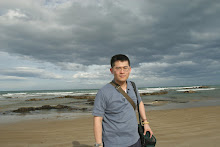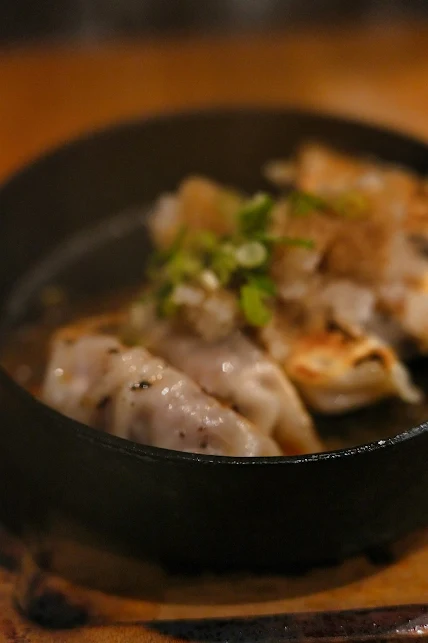This photograph was taken several years ago. The tungsten street lighting along the roadside proved a formidable obstacle to achieving a proper long-exposure capture of the Milky Way. As can be seen, the galactic core appears somewhat distorted, and the roadside sign bears an intense orange-yellow hue that disrupts the serenity of the scene. In post-processing, I was compelled to subdue the colour saturation almost entirely. Perhaps a monochrome rendering might better preserve the atmospheric quality of the composition.
Yet, despite its technical imperfections, the image remains a cherished memory. I would not now venture into the quiet hours of the night to attempt such a shot again—too great the risk of passing traffic or untoward encounters on those dim country roads.
The scene was taken near the old hardware store in Maldon, Victoria—a fine relic of the gold rush era. Established in the late nineteenth century, its timber façade and pressed metal signage speak of a time when craftsmanship and commerce flourished hand in hand. The store once supplied miners and settlers with shovels, nails, and kerosene lamps—tools that built not only homes but entire communities. Even now, its weathered walls stand as a reminder of Maldon’s industrious past, the first town in Australia to be officially classified by the National Trust for its historical significance.
Thus, the photograph—though imperfect in exposure—captures more than the night sky: it holds a fragment of history, both personal and regional, where the stars and the spirit of an old goldfields town meet in quiet dialogue.
Sony A7RV
FE 16-35mm f2.8 GM
Linking Skywatch Friday































.jpg)

















.jpg)





